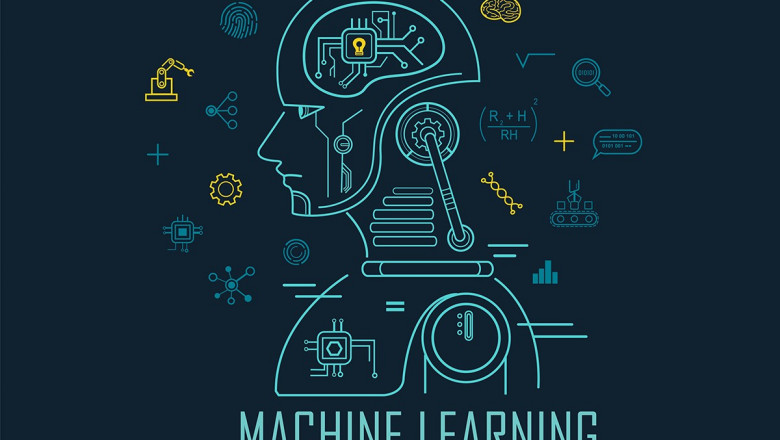views
Decision Trees are one of the most popular and easy-to-understand algorithms in the field of machine learning. They mimic human decision-making by breaking down complex decisions into a series of simpler choices. Despite their simplicity, they are powerful tools for both classification and regression tasks.
What is a Decision Tree?
A Decision Tree is a flowchart-like structure in which each internal node represents a "test" on a feature (e.g., whether a customer’s income is greater than $50,000), each branch represents the outcome of that test, and each leaf node represents a class label (in classification) or a value (in regression). The paths from root to leaf represent classification rules.
How Decision Trees Work
The core idea behind Decision Trees is to split the dataset into subsets based on an attribute value test. This process is repeated recursively, called recursive partitioning, until all data points belong to the same class or the tree reaches a stopping condition such as maximum depth.
-
Select Best Attribute: At each node, the algorithm chooses the best feature to split the data. This is usually determined using a criterion like:
-
Gini Impurity
-
Information Gain (based on Entropy)
-
Reduction in Variance (for regression)
-
-
Split Dataset: Based on the selected attribute, the data is divided into subsets. Each subset becomes a child node.
-
Repeat: The above steps are repeated for each child node until the stopping criteria are met.
Key Concepts
-
Entropy: A measure of impurity or disorder. Used in calculating information gain.
-
Information Gain: The reduction in entropy after a dataset is split on an attribute.
-
Gini Impurity: A measure of how often a randomly chosen element would be incorrectly labeled.
-
Overfitting: When the model learns noise and performs poorly on unseen data.
-
Pruning: A technique used to remove parts of the tree that do not provide significant power, helping to combat overfitting.
Advantages of Decision Trees
-
Easy to Understand: They can be visualized and interpreted easily by non-experts.
-
No Need for Data Normalization: They don’t require scaling or normalization of data.
-
Handles Both Types of Data: Can work with both numerical and categorical features.
-
Non-Parametric: They make no assumptions about the distribution of the data.
Disadvantages of Decision Trees
-
Overfitting: Particularly if the tree becomes too complex.
-
Instability: Small changes in data can result in a completely different tree.
-
Bias Toward Features with More Levels: Attributes with many levels might be preferred in splits.
Improving Decision Trees
To mitigate some of their weaknesses, Decision Trees are often used as the building blocks in more complex models like:
-
Random Forest: A collection (ensemble) of Decision Trees, where each tree is built on a random subset of the data. It helps reduce overfitting and increases generalization.
-
Gradient Boosted Trees: Trees built sequentially, where each new tree corrects the errors of the previous ones.
These ensemble methods offer more accurate predictions than a single Decision Tree.
Applications
Decision Trees are widely used in various domains:
-
Finance: Credit scoring and risk analysis.
-
Healthcare: Diagnosing diseases and predicting patient outcomes.
-
Marketing: Customer segmentation and churn prediction.
-
Operations: Decision support systems in logistics and supply chains.
Conclusion
Decision Trees offer a powerful yet intuitive way of modeling decision-making processes. While they have limitations, their interpretability and flexibility make them a strong choice, especially when combined with ensemble techniques. Whether you are just getting started with machine learning or building complex predictive models, understanding how Decision Trees work is a fundamental skill.














Comments
0 comment